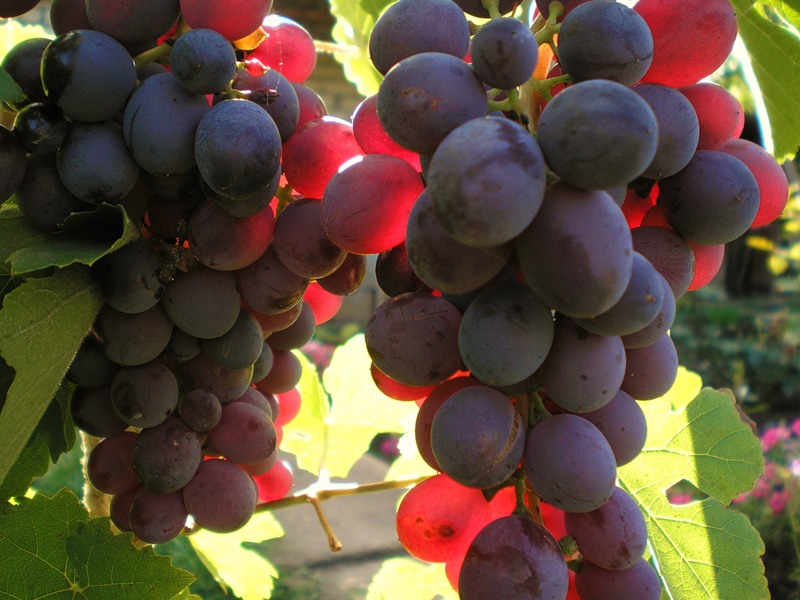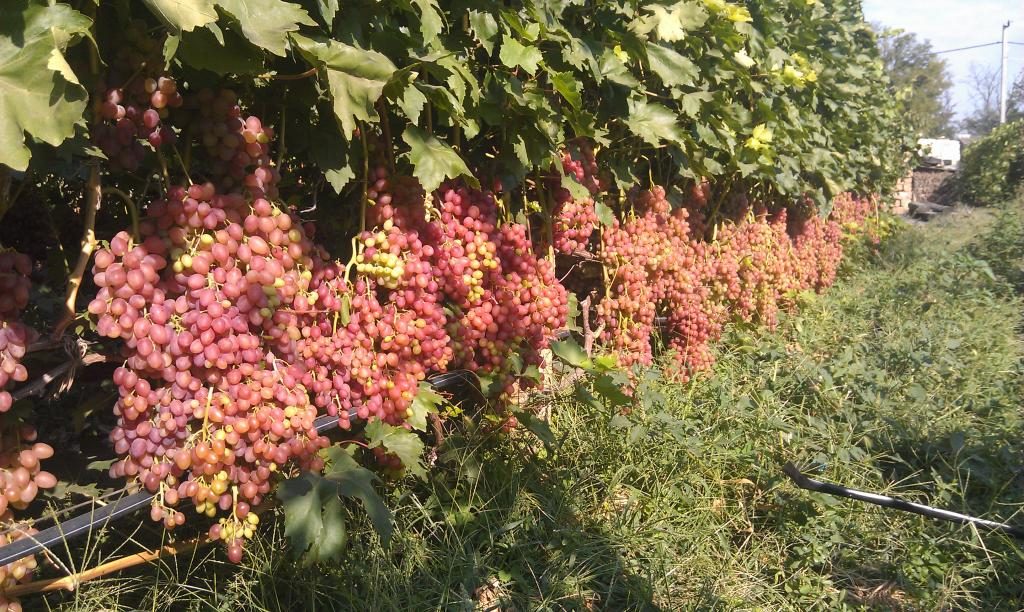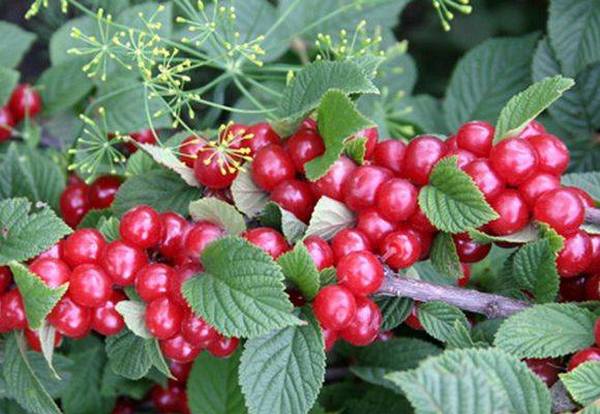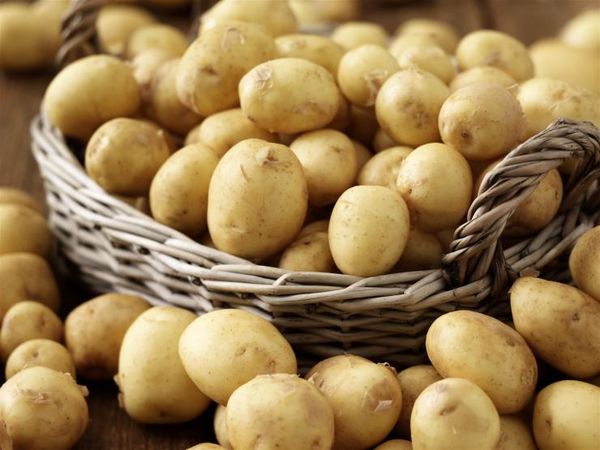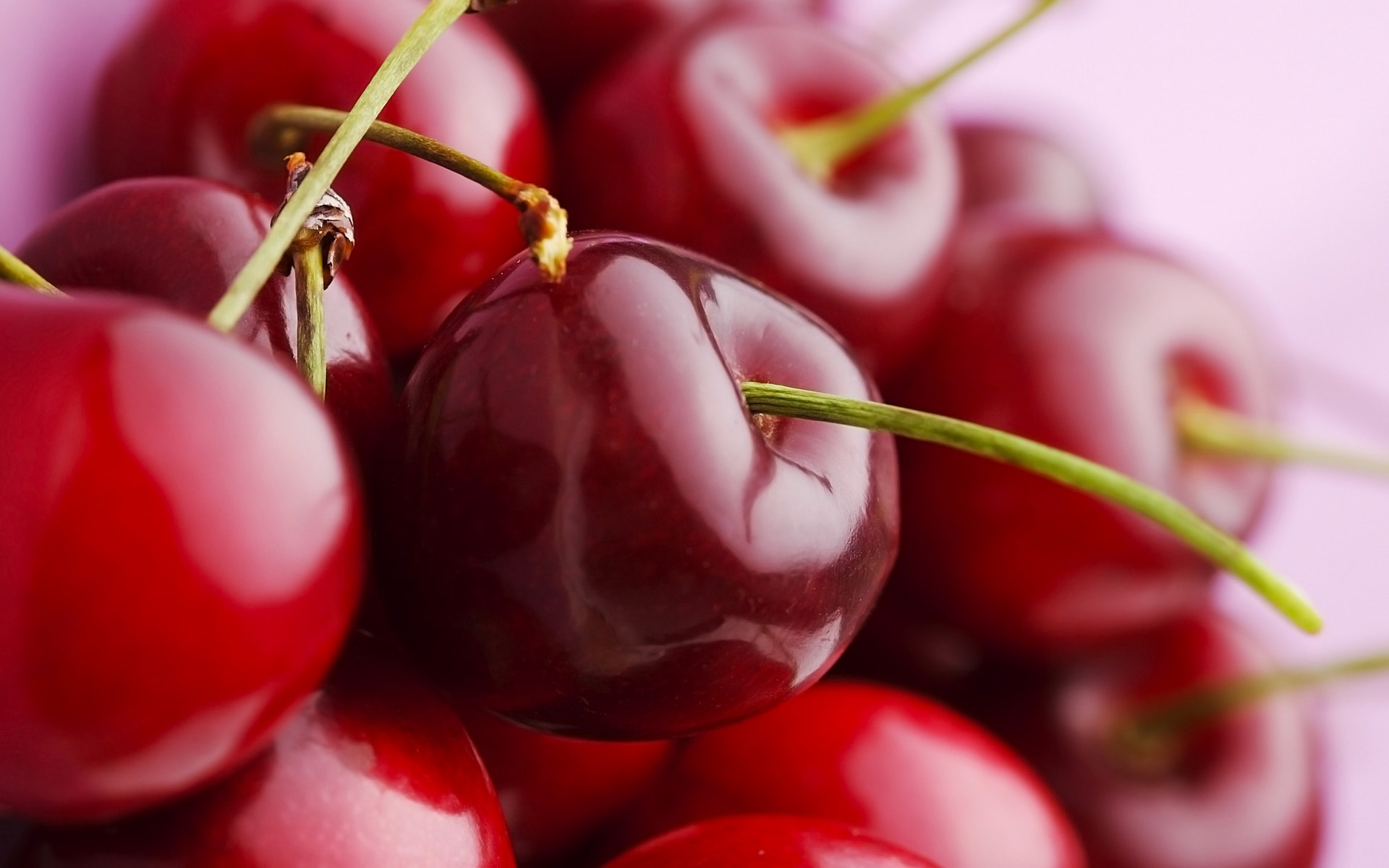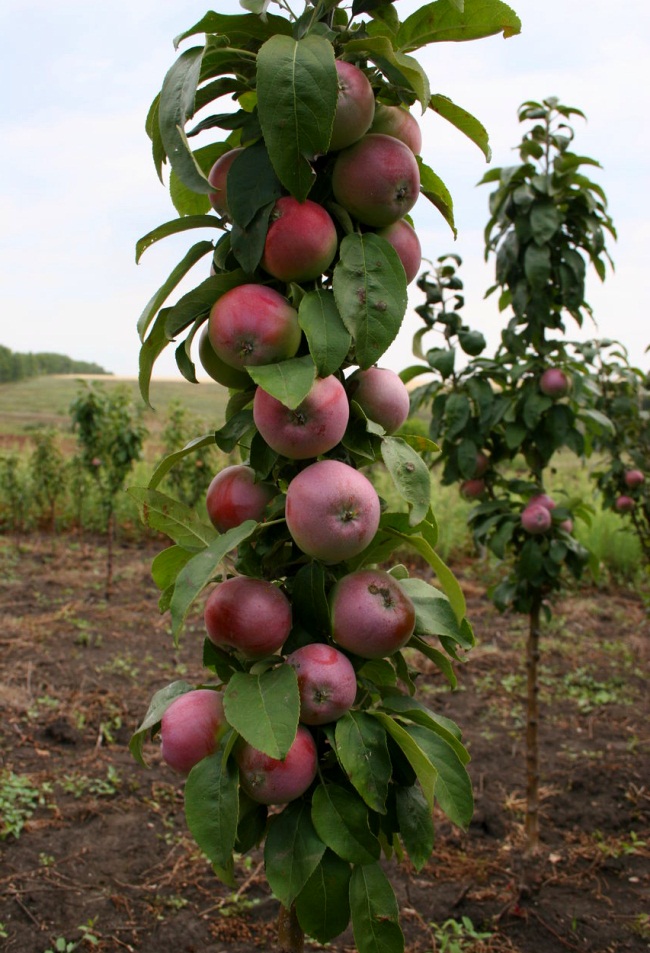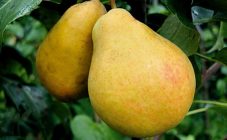Content:
The opinion that grapes can grow only in southern latitudes has sunk into oblivion. Residents of the central and northern regions successfully grow this wonderful healthy berry in their garden plots. After all, many varieties of grapes with a short ripening period, with increased winter hardiness have been bred. Moreover, due to the peculiarities of the regions, many diseases do not have time to break out, for example, gray rot.
Features of viticulture in the middle lane
To obtain the best results when cultivating this berry, you need to know not only what varieties, when and how to plant, but also take into account the peculiarities of the climate and soil. The Moscow region is located in the central part of the East European Plain. Winter in temperate continental climates begins in November and ends in March. The temperature can also drop below 30 ° C. With a snow cover height of 20-25 cm, soil freezing is possible by 65-70 cm. Summers are warm, with moderate precipitation.
Taking into account the climatic features and choosing the appropriate varieties, winegrowers achieve very good results. It is necessary to select varieties with good winter hardiness (grapes whose winter hardiness is -14o-16o C is definitely not suitable) and ripening times from 85 to 150 days, with longer (over 150 days) ripe berries will not work.
Varieties with ripening periods of up to 130 days are considered mid-season, if they are placed in sunny areas of the garden near dense fences and walls, you can achieve a good harvest. Other types of grapes (ripening more than 130 days) cannot be grown without a greenhouse.
Types of grapes
According to the method of consumption, grapes are divided into three categories:
Dining room. Berries of this type are eaten, without any processing - fresh.
- Anniversary of Novocherkassk;
- Kishmish Radiant;
- Tason.
Technical. Berries for processing (squeeze juice, make wine or compote).
- Alpha;
- Crystal;
- Isabel;
Decorative. With the help of some grape varieties, you can decorate your garden by putting a vine with beautiful leaves and fruits on special pergolas:
- Crystal grapes;
- Platovsky;
- Saperavi.
Taking into account all the characteristics of the climate and the characteristics of a particular type of culture, breeders develop a variety of varieties that bear fruit in regions with a cooler climate.
What grape varieties are best planted in the Moscow region
The best frost-resistant non-covering grape varieties for the Moscow region to breed, which are not at all difficult:
- Alpha;
- Anniversary of Novocherkassk;
- Radiant kishmish;
- Tason;
- Crystal;
- Saba pearls;
- Isabel;
- Transformation;
- Super extra;
- Beauty of the North.
No greenhouses or other special shelters are required to cultivate them. Also, non-covering varieties are immune to all kinds of diseases and pests.
Alpha
This is a very unpretentious, frost-hardy grape, which is not afraid of even forty-degree frosts, the yield after such frosts does not fall. The bush is very tall, with clusters of moderate size, composed of blue-black, with a waxy bloom, berries. True, they are slightly sour, which is not noticeable in the processed form.
Anniversary of Novocherkassk
This is one of the best types of southern berries, which was bred by the amateur winegrower N.V. Krainov. A tall bush grows impressive cone-shaped clusters, weighing up to 1.6 kilograms, but with proper care they can be three times more. The berries are yellow-pink in color, weighing up to 800 g, have an elongated plum-shaped shape with a juicy sweet pulp and a dense skin that is easily eaten. This is a delicious dining experience.
He is not afraid of a drop in temperature of -25 ° C (you don't even need to cover it).
The anniversary of Novocherkassk is resistant to fungi, but for the sake of prevention, it will not hurt to process the bushes. Covering nets will help from feathered lovers of grapes and wasps, with which you can cover either the whole plant or only individual brushes.
Kishmish Radiant
This sweet seedless berry is obtained by breeding Rose Kishmish with Cardinal. Ripening period is early-average from 115 to 135 days. Its name fully justifies: in the sun, pinkish-purple berries seem to emit light. Radiant Kishmish - seedless, belongs to table varieties, with a very sweet berry, collected in loose clusters weighing 700-900 g. It ripens around September, its yield is increased, up to 14 kg per bush. It is best to cultivate this vine with sweet berries on special devices: arches or gazebos, so that the bunches are well blown by the wind to avoid fungal infections. This variety can perfectly self-pollinate itself, it does not need a third-party pollinator.
Tason
Breeders at VNIIViV named after Ya.I. Potapenko crossed Italy varietal grapes with Zoreva variety, the result was a table variety grape and ripening period of 13-15 weeks after the buds bloom, approximately in the last decade of August. Conical brushes weigh up to 600 g. If the entire growing process is carried out correctly, they can be over a kilogram. Greenish-pink berries of an oval-round shape. They are distinguished by a harmonious taste with a pronounced nutmeg note.
Tason's leaf is light emerald, heart-shaped, strongly dissected. The flowers are bisexual, you can not worry about the integrity of the species.
Crystal
This variety is bred through a complex combination. First, the Challotsi Lajos varieties were crossed with the Amur varieties, and then the frost-resistant Villard Blanc from Hungary was added to the resulting species. The result is a variety with remarkable characteristics: it is sweet and very winter hardy. This versatile variety makes a wonderful wine.
The ripening period of the Kristall wine variety is from 110 to 115 days. It ripens in mid-August.
At this time, he “fills up” the sweetness, which is a good quality if the berries are simply eaten, but for winemaking this is not entirely acceptable.
The variety is frost-resistant, not afraid of lowering the temperature to -29 ° C. In the suburbs, sending it for the winter, it is possible to do without burying, but only to cut it and thoroughly insulate it.
Immunity to fungal diseases, as well as increased immunity at the gene level from gray rot, are very pleasing to winegrowers. The bushes are medium-sized. The leaves are heart-shaped, and on the same plant they are dissected in different ways. The berries are medium in size, up to 2.5 grams, collected in neat brushes weighing up to 200 grams. The color of the rounded berries is light green with a slight bloom of wax.
Crystal is good in the production of wine, in preparations for the winter and consumption in its raw form.
Pearl Saba
On an industrial scale, Pearl has shown itself not from the best side. The brushes are small, up to 120 grams, the cracking of the fruits is increased, they are crumpled during transportation.
But with all its minuses, there are pluses:
- Fast maturation within 110 days;
- Pleasant balanced taste;
- Beautiful even fruits.
Pearls are not afraid of winter frosts. If the thermometer does not drop below 27 degrees, the vine need not be insulated, but for the Moscow region it is still better to insulate it for the winter, even one frosty day will destroy the vine.
A small round berry of golden green color with a white waxy bloom no more than 2 centimeters in shape and resembles pearls in color, hence the name of this grape variety.
The variety is very prone to peas, although the flowers are bisexual. If for large volumes this Pearl is not very suitable, then for private vineyards, especially where the climate cannot boast of warm winters, this very early type is well suited.
Isabel
It is a very popular variety. The inhabitants of Moscow and the Moscow region, who are engaged in viticulture, could not bypass it either. In general, the variety is good for everyone, it is unpretentious in agricultural technology, with good winter hardiness, it is table-technical, that is, universal. It is consumed fresh, juice, compotes, jam and jelly, as well as wine are made. A very big disadvantage for Isabella is its long growing season - more than 160 days.
The dark purple Isabella berries are round, up to 2 cm in diameter, have a sour-sweet taste with a strawberry aroma that cannot be confused with anything.
If you follow all the rules for planting and cultivating this variety, then this wonderful grape can be grown in the Moscow region.
Transformation
This is a relatively young variety that has managed to show its very good qualities. It is early ripening and well rooted, ripens in 100-120 days. Finger-shaped, sour-sweet berries, the color of which is mauve, are collected in an elegant bunch, weighing from 550 g to 2.0 kg. Winegrowers of the Moscow region emphasize the excellent, up to 18 kg, yield.
It overwinters without shelter to -24 ° C, below it is already necessary to insulate.
And of course there are disadvantages:
- Fungal damage;
- Wasp damage;
- Doesn't like dampness.
Super Extra
Evgeny Pavlovsky bred many different grape varieties. Super Extra is also his brainchild. The "parents" of Super Extras are Sora Talisman and Cardinal. The ultra-early variety corresponds in all respects for growing in cold regions of Russia:
- early maturity;
- Frost resistance;
- Disease immunity;
- High-quality transportation.
It is easy to substitute the prefix "super" for all these characteristics. On a strong, tall bush, there are many brushes weighing about 800 g, which consist of greenish-amber berries with a sweet fleshy pulp. The leaves are five-toed, pale green in color. Flowers are bisexual. The yield is large, up to 16 kg.
Propagated by cuttings, seedlings and grafting.
Beauty of the North
Many Moscow winegrowers argue that it is imperative to try to grow the Krasa Severa grapes. This unpretentious variety is not afraid of frosts down to -24 ° C, and under cover it is not afraid of -30 ° C. The berries are green, and when fully ripe, they become almost belmey, with a tan. The taste is tart, with sourness.
Many varieties, zoned for Central Russia, can winter without shelter, but it is better not to risk it, in these regions it is not uncommon for the thermometer to drop below 30 ° C.
Comparing for himself all the pros and cons of each variety, the characteristics of his personal plot, what is its soil and the sun's illumination, everyone will decide for himself which grapes are better to plant in the Moscow region. It remains to purchase seedlings and grow beautiful grapes on their mistakes and victories.
